Ingredients:
Chocolate cake:
This can be made up to a month in advance and kept in the freezer.
- 400g butter
- 400g chocolate
- 400g caster sugar
- 8 eggs
- 400g plain flour, sifted
Decorations:
- 50cm square cake board
- 1.5kg ready made white icing (also called fondant icing, you can find Orchard White Icing at all major supermarkets)
- Icing sugar, extra to prevent white icing from sticking to the bench when rolling
- Food colouring – orange, yellow, blue, red and black
- Small silver balls, optional
- 9 icy pole sticks
- Candles
Royal icing to glue fondant walls:
- 1 egg white
- 1 tsp lemon juice
- 150g icing sugar
- Orange food colour
Equipment and other items needed:
- Greaseproof paper to line tin and use with rolling out of the icing
- Piping bag and small nozzle to create writing or letter cutters
Approximate timings:
- To make the cake: 15 minutes preparation time, approximately 30-40 minutes baking time
- Preparing the cake: allow 2 hours
- Covering sponge with fondant icing: 2 hours
- Stadium walls and writing: allow 3 hours if you are piping the lettering, or 2 hours if you are cutting letters
- Beyblade decorations: allow 2 hours
Method:

1. Colour the fondant icing before rolling out 2. Gently scope out a disc of cake to create the beyblade stadium 3. Roll out and cut fondant into rectangles and allow to dry before stenciling letters
Chocolate cakePreheat oven to 180°C.
Line tin with greaseproof paper.
Melt the butter and chocolate in the microwave, on high, for one minute or until chocolate is melted.
Beat eggs and sugar in a mixing bowl until pale. Mix in the butter/chocolate mix before folding in flour.
Pour into tin and bake in oven until the mix springs back when gently pressed.
Keep the cake in the tin for approx 5 minutes before turning onto a wire rack – keep the bottom side up at all times to avoid making lines as this will be the presentation side up.
When the cake is completely cooled (best if you can keep it in the fridge to chill right down before going any further) you will need to flatten the ‘bottom’ (which was the top.) Place a sheet of greaseproof paper on the presentation side and turn over. Use a serrated knife and cut the top of the cake so it’s as flat as possible. I usually cut a little at a time so that I don’t accidentally cut away too much cake! These bits of cake can be used as fillers for any holes in the sponge or to adjust the cake if it’s not evenly cut.
Turn back over onto greaseproof paper and cut a circle in the centre to create the dome shape. Go slowly and steady to avoid cutting through to the bottom.
Keep aside any large pieces of sponge to be used for the main pieces of the beyblades. Mix the sponge off cuts with a little water until it becomes a putty consistency. Use this to create a smooth surface over the entire sponge. It is now ready to cover with fondant icing.
Readymade white icingThis is also known as ‘fondant icing’ and can be found in larger quantities in cake specialty shops – they also sell them already coloured if you don’t wish to do that yourself. It will keep for a long time if stored in a cool place and if wrapped very well – I usually use a few layers of cling film before placing in an airtight container.
Usually the icing is quite firm to touch when you open the packet. Break it into small pieces with your fingers and begin to ‘work’ or ‘massage’ it until you notice is becomes smoother and softer. At this point, bring the icing together and knead as you would a dough until it is soft and smooth (the smoothness reminds me of my kids’ baby bottoms!). Once it’s smooth and soft you are ready to add the colour. Set aside a small amount (around 50g) for the yellow parts of the beyblades, 100g for the grey icing and 50g for the blue pieces.
Flatten a little, press some ‘creators’ into the dough and add a few drops of orange colour. Again, going slowly but steady is better than adding too much at once (unless you are after a very bright colour!) until you have achieved the strength of colour you are after. To work the colour into the icing, continue kneading as you would a dough. If the icing starts to stick to the bench use icing sugar, as you would flour to dough.
Once the orange is mixed evenly throughout, roll out to approximately 1/2cm thickness. It can be easier to roll it out on greaseproof paper – don’t forget to use icing sugar if it starts to stick. Use your rolling pin gently and turn the icing regularly so that the bottom won’t stick.
Using your rolling pin, and starting closest to your body, loosely roll the icing into the rolling pin. ‘Unravel’ the icing over the larger cake, making sure you allow enough icing to fall over the edges. This is the trickiest part of the whole process so the less kiddies around at this stage will probably make things easier. Use the natural curves of your hand and fingers to manipulate the icing so that it sits smoothly on the cake or use a ball of fondant dusted with icing.
Using kitchen scissors or a sharp knife, cut around any excess icing from the bottom and gently tuck in to hide the ends.
Carefully transfer the cake onto your serving plate or cake board.
To make the side wallsYou will need to make these at least seven days before you put them on the cake to allow them to dry and go hard. Make at least one extra wall just in case you have any disasters!
Roll out a strip of orange icing to the length of each side and approximately 5-8cm in height.
Cut out squares and allow to dry for at least seven days, more is better to prevent decoration disaster!
Once they are dry, use a stencil to pipe on wording or use letter cutters and stick on with a little water.
Also cover each icy pole stick with fondant icing, trim ends with a sharp knife and allow to dry.
Glue the poles to the walls at least 2-3 days before hand using royal icing. Allow to set until hard.
Making the glueCombine the egg white, lemon juice, food colour and icing sugar into a bowl and mix until the egg white is stiff. Place in a piping bag ready to glue.
To finish the cakeGlue the walls to the cake at least one day prior to the party – use props to help keep them upright and in the right position.
Notes:
- To make life easier, break down each stage of the cake making. For example:
- Make the sponge at least a month beforehand, cut out the dome stadium, fill holes with sponge putty and freeze.
- Defrost the sponge 8 days prior to the party and cover with fondant. Prepare the decorations and sit in your kitchen pantry to set and go hard.
- The cake recipe is denser than a lighter sponge as this makes it easier to cut out the stadium base and smooth it out.
- I have also defied cake-making law by omitting buttercream as a crumb coating and instead preparing the sponge using ‘cake putty’ which is made using leftover sponge and water.
- Icing the cake is the trickiest part – I would recommend a time when it’s quiet and you don’t need to rush (I know that doesn’t happen very often with us mums!) but once the cake has been iced all around with fondant icing, this acts as cling film and stops the cake from drying out. You can do this stage ahead of time by at least one to two weeks – depending on the weather. The icing decorations can be made well in advance (if they are kept uncovered in a cool and dry spot they will last for months).
- This recipe was created by Sonia Anthony.
From Chef Sonia
Although I am a qualified chef, I’ve had no formal cake making training. What I have learned is through trial and many errors. I hope that by sharing my knowledge, you can become as confident and as excited about cake making as I am! (without the mistakes!) I think the most important thing is to ‘give it a go,’ you’ll be producing amazing cakes before you know it!
Please feel free to contact me for any questions at info@chefsoniaandyou.com or at Chef Sonia & You .

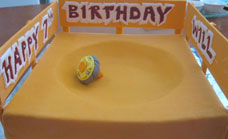
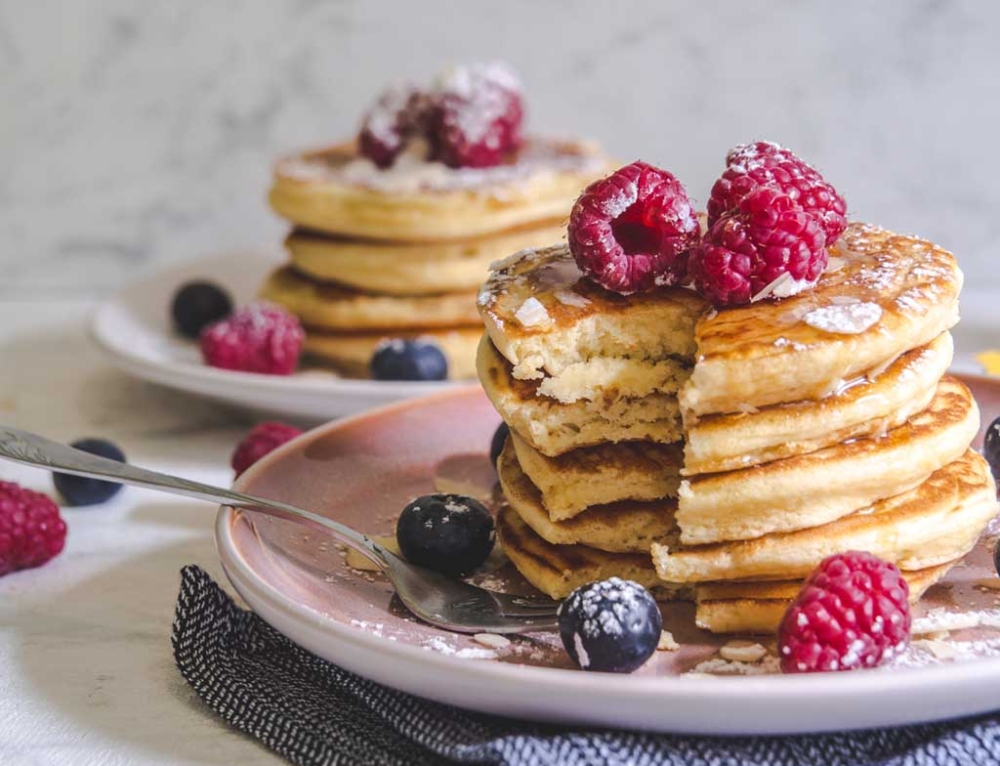
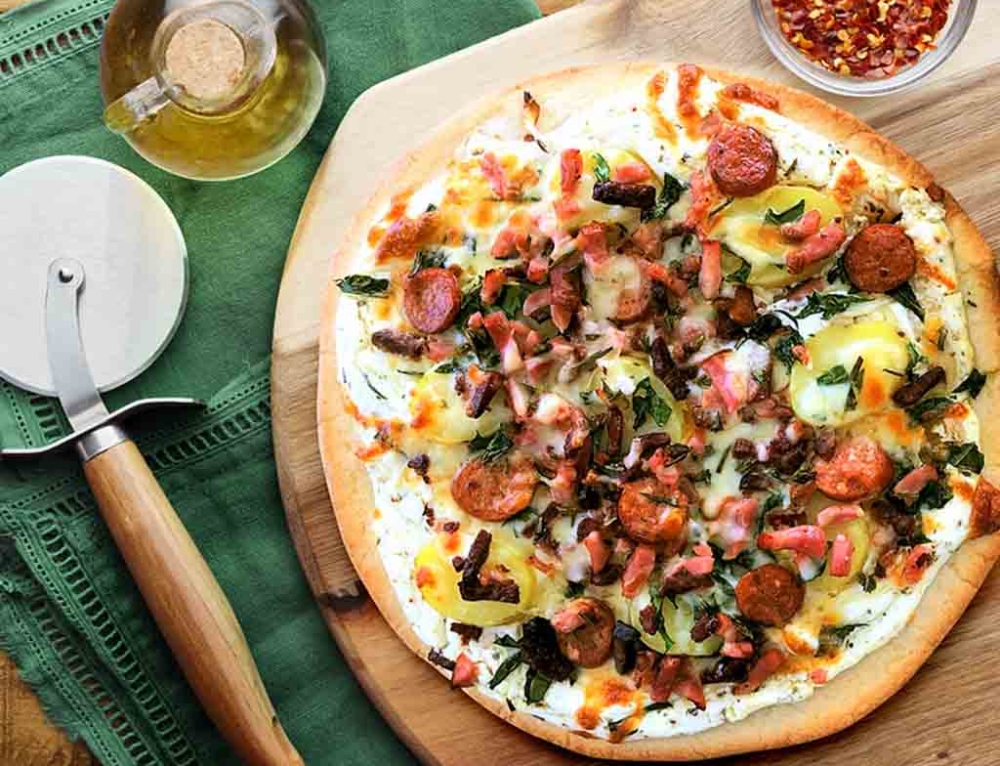
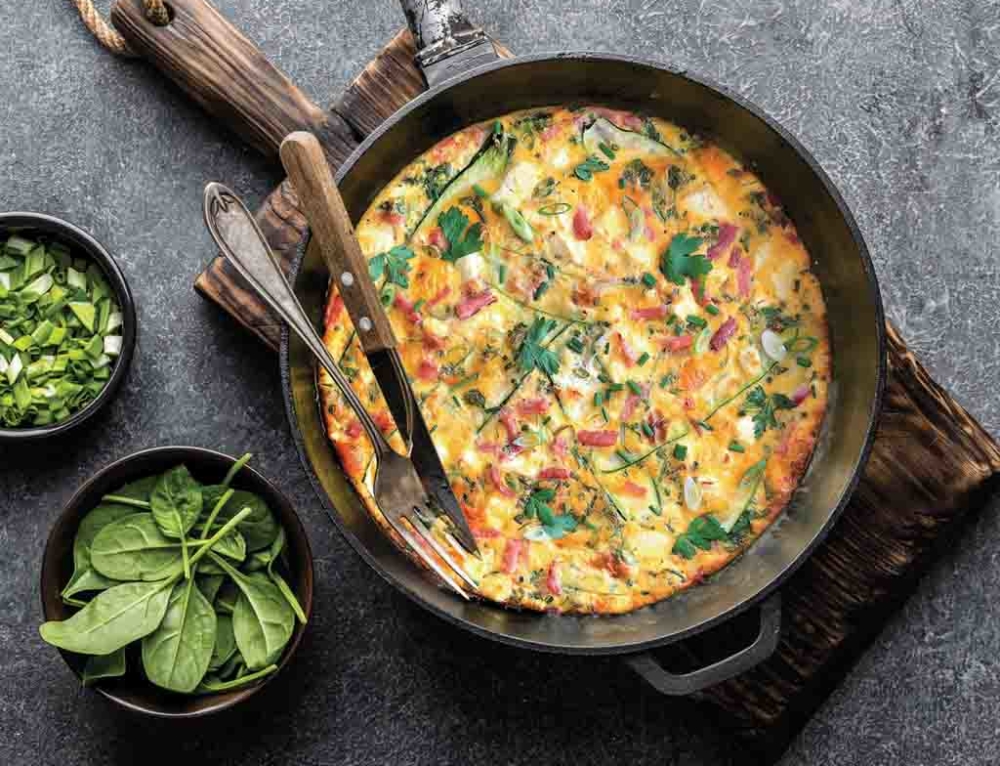
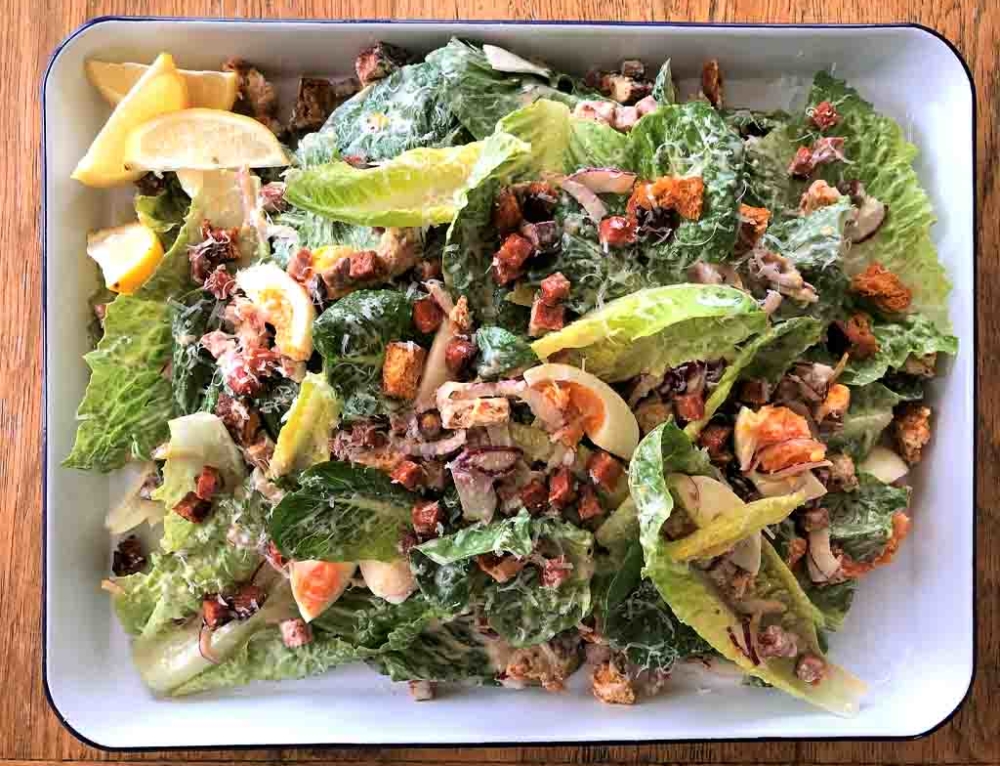

Leave A Comment
You must be logged in to post a comment.